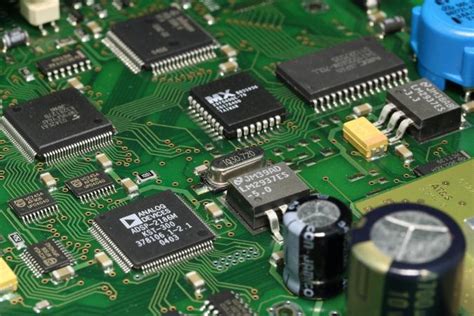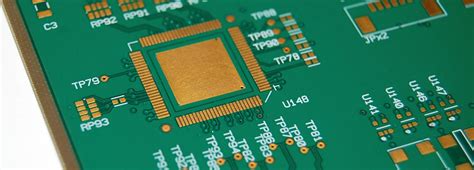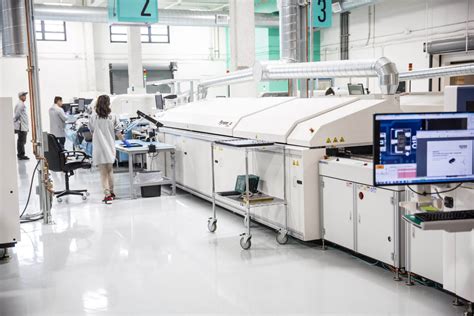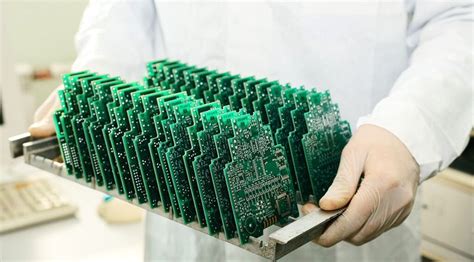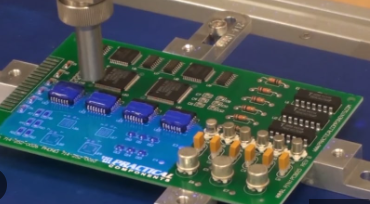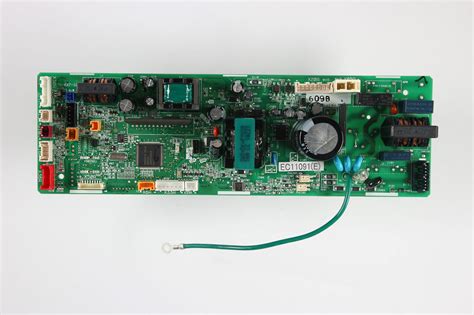Efficient Techniques in Printed Circuit Board Assembly
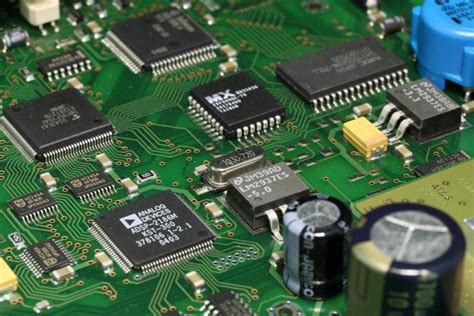
Key Takeaways
In the realm of pcb assembly, efficiency is critical for success in the increasingly competitive electronics market. This article has outlined several innovative techniques that not only streamline the pcba process but also significantly enhance productivity. One of the most important strategies discussed is the integration of advanced automation technologies, which can reduce manual errors and increase throughput. Additionally, organizations looking to improve their printed circuit board assembly should focus on optimizing their workflow to minimize bottlenecks. According to industry experts, “Embracing a holistic approach incorporating technology and skilled personnel can lead to unprecedented improvements in efficiency.” Furthermore, cost-reduction strategies such as bulk purchasing of materials and optimizing manufacturing layouts have shown promising results. It’s crucial for manufacturers to realize that while ensuring high-quality standards, cost-effectiveness should not be compromised. Companies that adopt these forward-thinking methods are positioned not just for survival but for growth in a rapidly changing landscape. Keep these takeaways in mind as you explore new avenues for enhancing pcb assembly processes within your operations.
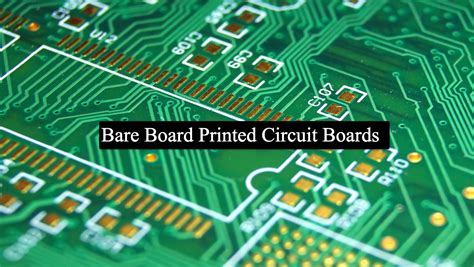
Introduction to Printed Circuit Board Assembly
The assembly of printed circuit boards (PCBs) plays a critical role in the electronics manufacturing industry, serving as the backbone of numerous electronic devices. The process involves the precise placement and soldering of electronic components onto a PCB substrate, which establishes the electrical connections needed for the functionality of the device. As technology evolves, so do techniques to enhance pcb assembly efficiency. Recent advancements have introduced methods that significantly reduce production time and costs while maintaining high-quality standards. Innovations such as automated assembly lines and advanced soldering technologies have streamlined operations, enabling manufacturers to scale their output without compromising on quality. Understanding these techniques is essential for staying competitive in a fast-paced market where the demand for reliable and efficient products is ever-increasing. By focusing on these critical elements, manufacturers can not only improve their production capabilities but also ensure that they meet the expectations of consumers in an increasingly demanding industry. Overall, effective pcba strategies are integral to achieving operational success in the current landscape of electronics manufacturing.
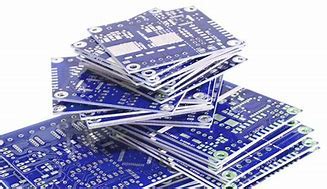
Key Challenges in Circuit Board Manufacturing
The pcb assembly process faces numerous challenges that can impact both efficiency and the final quality of the product. One significant challenge is achieving precision in the placement of components, which is critical for ensuring that the board functions correctly. Misalignment, even by a fraction of a millimeter, can lead to defects in the pcba and necessitate costly rework or even scrapping of entire batches. Additionally, managing variations in component sizes and shapes adds to the complexity, as each part must be handled delicately to avoid damage. Another obstacle is maintaining a steady supply chain for components. Disruptions can delay production schedules and inflate costs, which undermines efforts to create an efficient pcb assembly workflow. Furthermore, the integration of new technologies often poses challenges related to training and adaptation. Workers must be equipped with the skills necessary to operate advanced machinery and implement state-of-the-art techniques effectively. Additionally, ensuring compliance with environmental regulations adds another layer of complexity to the pcba process. As manufacturers strive for higher efficiency and lower costs within these constraints, addressing these challenges will be pivotal to enhancing both productivity and product quality.

Innovative Techniques for Efficient Assembly
The assembly of printed circuit boards (PCBs) plays a critical role in electronic manufacturing, necessitating strategies that optimize both efficiency and cost-effectiveness. One of the most promising approaches in pcb assembly is the adoption of advanced soldering techniques, such as Selective Soldering and Laser Soldering, which minimize thermal stress on sensitive components and ensure cleaner joints. These methods enhance the reliability of connections and significantly reduce re-work phases, ultimately streamlining the entire manufacturing process.
Incorporating automated systems also contributes to efficiency. Utilizing pick-and-place machines can drastically improve precision in placing components on PCBs while reducing labor costs. These systems can be programmed to handle various components, adapting quickly to different assembly requirements. Even more advanced are integrated systems that combine machine learning with inventory management, facilitating real-time adjustments based on production demands.
| Technique | Benefits | Drawbacks |
|---|---|---|
| Selective Soldering | Reduced thermal stress; precise joints | Higher initial equipment cost |
| Laser Soldering | Clean connections; minimal rework | Limited to specific applications |
| Automated Pick-and-Place | High speed; improved accuracy | Complexity in setup |
Moreover, implementing innovative materials for pcba can further optimize the process. For instance, using low-temperature solder alloys or flexible substrates enables manufacturers to explore new designs without compromising performance.
Quality assurance protocols are indispensable too; integrating real-time monitoring technologies during assembly helps identify defects immediately, ensuring high standards are maintained throughout production cycles. Together, these innovative techniques form a powerful synergy that enhances the efficiency of PCB assembly while addressing core challenges in today’s fast-paced manufacturing landscape.
Cost-Reduction Strategies in PCB Production
Cost reduction is a critical focus for manufacturers engaged in pcb assembly. Implementing effective cost-reduction strategies can significantly enhance the overall profitability of the production process. One key approach is the optimization of material selection; by choosing suppliers that offer high-quality yet cost-effective materials for pcba, companies can achieve substantial savings without compromising on performance. Additionally, streamlining workflows through lean manufacturing principles can minimize waste and reduce unnecessary labor costs. Incorporating advanced technologies such as automated assembly systems can also play a pivotal role in lowering expenses, as these systems often enhance precision and speed, resulting in fewer defects and reworks. Moreover, enhancing collaboration with suppliers to negotiate bulk purchasing agreements can provide economic benefits that further contribute to lowering unit costs. Overall, focusing on efficiency through innovative practices not only reduces expenses but also positions manufacturers to remain competitive in a rapidly evolving market for printed circuit boards.
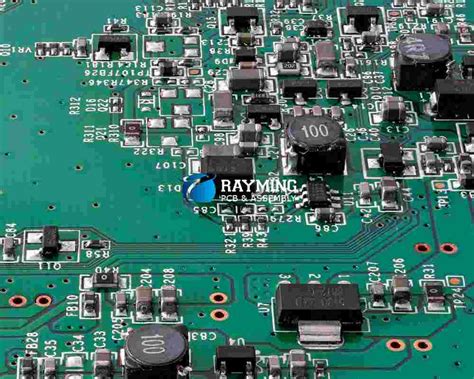
Quality Improvement Practices for Circuit Boards
In today’s competitive landscape, quality improvement practices in pcb assembly are paramount for manufacturers aiming to excel. One of the foundational strategies in achieving superior quality is implementing rigorous testing protocols, such as Automated Optical Inspection (AOI) and X-ray inspections, which meticulously identify defects early in the pcba process. Additionally, promoting a culture of continuous improvement among employees can significantly enhance quality outcomes. Training sessions focused on best practices and emerging technologies not only empower the workforce but also foster accountability at every stage of assembly. Moreover, utilizing state-of-the-art materials—like high-reliability solder pastes—can further contribute to the durability and functionality of final products. Another vital aspect is employing data-driven decision-making; analyzing yield data enables swift adjustments to manufacturing techniques, driving down error rates and ensuring that each pcb assembly meets or exceeds industry standards. Ultimately, a combination of these innovative quality improvement practices not only boosts the reliability of circuit boards but also aligns production processes with evolving market demands, ensuring a sustainable competitive edge for manufacturers in the realm of pcba.
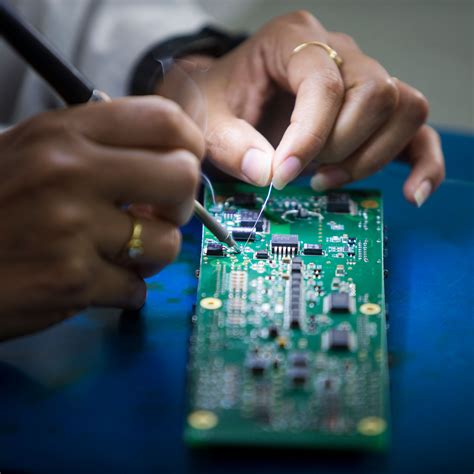
The Role of Automation in PCB Assembly
Automation plays a pivotal role in enhancing the efficiency of pcb assembly. By integrating advanced technologies such as robotics and AI into pcba processes, manufacturers can significantly reduce the time it takes to complete complex assembly tasks. These automated systems are designed to improve precision, which not only speeds up production but also minimizes errors that can occur with manual assembly techniques. Additionally, automation streamlines workflows by facilitating faster setups and adjustments, allowing for greater flexibility in meeting production demands. As these automated solutions continue to evolve, they have the potential to lower labor costs and free up skilled workers for more critical tasks within the printed circuit board assembly process. As a result, manufacturers are better equipped to maintain quality standards while maximizing output. This shift toward automation not only addresses current industry challenges but also positions companies for future success in an increasingly competitive market. Overall, embracing automation is essential for any organization looking to optimize its pcb assembly operations and achieve sustainable growth.
Future Trends in Printed Circuit Board Manufacturing
As we look toward the future of pcb assembly, several trends are emerging that promise to reshape the industry landscape. One of the most significant advancements is the integration of smart manufacturing technologies, which leverage data analytics and the Internet of Things (IoT) to optimize pcba processes. This shift allows for real-time monitoring and predictive maintenance, minimizing downtime and enhancing overall efficiency. Another trend gaining traction is the use of advanced materials, which not only improve durability but also facilitate smaller, more compact designs, catering to the demand for lighter and more efficient devices. Additionally, as sustainability becomes a priority across industries, eco-friendly practices in PCB assembly are becoming a focal point; innovations in recycling processes and materials that reduce environmental impact are being increasingly embraced. Automation continues to play a critical role in streamlining pcba operations, with robotic systems enhancing precision and speed in assembly lines. Collectively, these developments highlight a dynamic future in printed circuit board manufacturing, where efficiency and sustainability remain at the forefront of industry innovations.
Conclusion
In the rapidly evolving field of pcb assembly, mastering innovative techniques is essential for maintaining competitive advantage. As manufacturers strive to enhance operational efficiency, a focus on quality improvement practices and cost-reduction strategies is critical. The integration of advanced automation technologies has emerged as a game-changer, facilitating streamlined processes that not only minimize production times but also bolster accuracy in pcba operations. Additionally, embracing the latest trends in printed circuit board assembly can empower organizations to adapt swiftly to market demands while ensuring that high standards are met continuously. By fostering a culture of innovation and investing in state-of-the-art equipment, companies position themselves favorably in the landscape of electronics manufacturing. Ultimately, the ongoing evolution of pcb assembly techniques holds significant promise for enhancing the entire manufacturing process, leading to improved outcomes and sustained success.
FAQs
What is PCB assembly?
PCB assembly, or PCBA, refers to the process of soldering and assembling electronic components onto a printed circuit board (PCB) to create a functioning electronic device. This intricate process involves various techniques to ensure reliability and performance.
Why is efficient PCB assembly important?
An efficient PCB assembly process helps reduce manufacturing costs, minimizes production time, and enhances the overall quality of the product. Innovative methods can lead to increased output and streamlined operations, which are crucial in today’s competitive market.
What are some innovative techniques in PCBA?
Some innovative techniques include automated optical inspection (AOI), selective soldering, and advanced surface-mount technology (SMT). These methods not only improve accuracy during assembly but also significantly lower defects.
How does automation impact PCB assembly efficiency?
Automation in PCB assembly minimizes human error, speeds up production lines, and provides more consistent results. Utilizing robots and automated processes also enables manufacturers to scale operations without compromising quality.
What strategies can be employed for cost reduction in PCBA?
Strategies such as bulk purchasing of components, optimizing material usage, and implementing lean manufacturing principles can effectively reduce costs. These approaches help streamline production workflows while maintaining high standards in pcba quality.

